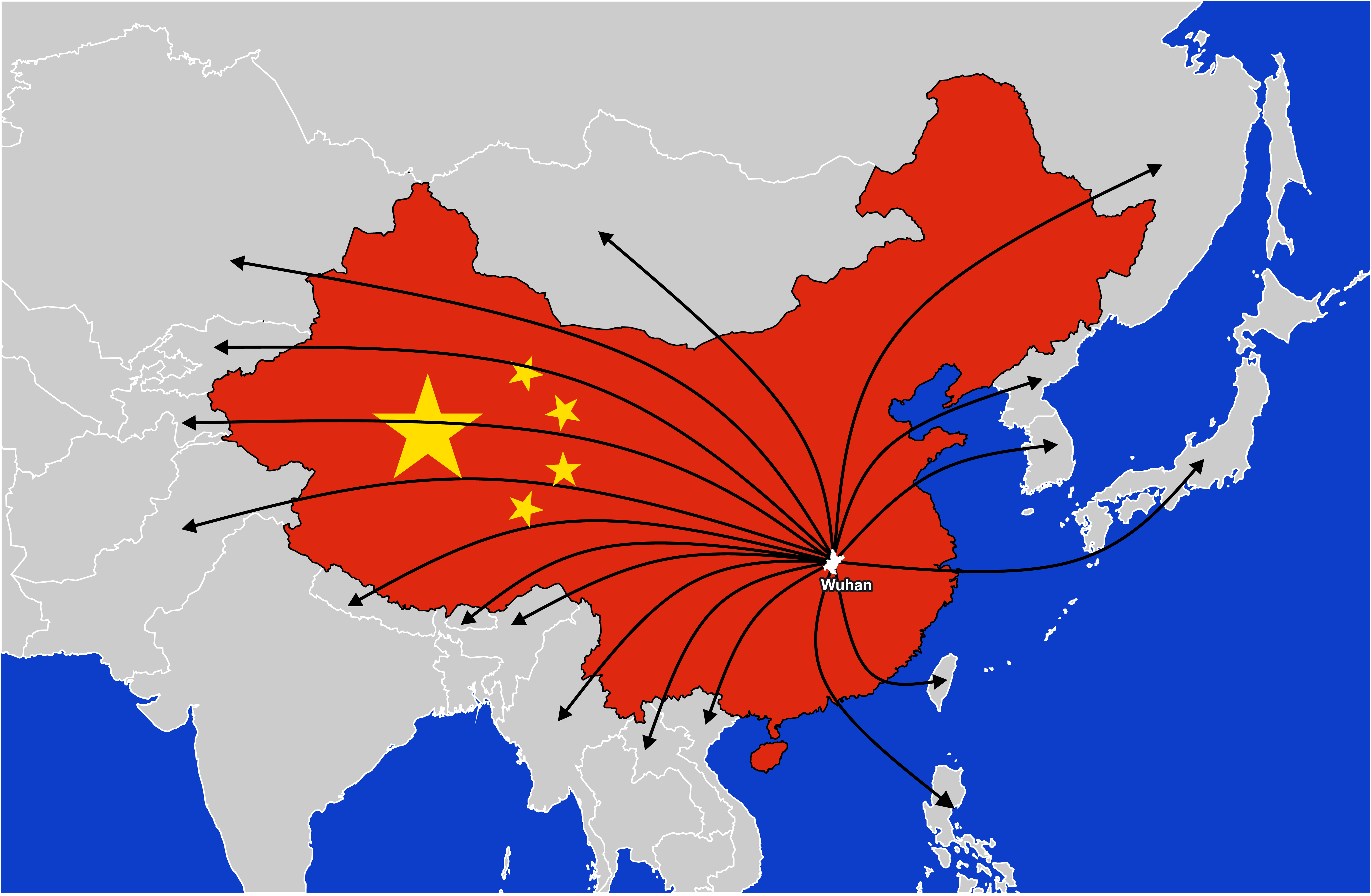From natural disasters to global pandemics and other demand surges, unexpected disruptions big and small can expose vulnerabilities in the manufacturing supply chain. In this post, learn about supply chain management in Mexico and the importance of creating a sound contingency plan.
Understanding the basics of Mexico supply chain management
In Mexico, the supply chain is one of the most critical aspects of creating a successful manufacturing operation. Despite the country's robust infrastructure and well-established manufacturing industry, it is essential to understand how supply chains in Mexico work. There are three important factors to consider:
Purchasing and supplier relations. Maintaining effective relationships with local vendors and suppliers is critical to effective supply chains. Excellent communication is key, as supporting these partnerships is vital to the negotiation of pricing, terms, and delivery.
Shipping and receiving of materials. Successful operations depend on the timely receipt of components for production to run smoothly. Many manufacturing operations aim for a lean supply of materials, but interruptions or delays can drastically impact this part of the supply chain.
Delivery of completed products. Running a manufacturing operation often involves delivery to many destinations. The delivery process is also likely to work differently in different markets. Differences in costs, taxes, and relations can be tricky to navigate when exporting to destinations worldwide.
Expecting the unexpected: the importance of supply chain contingency plans
Why is a supply chain contingency plan important?
In today's modern economy, supply chain disruptions are simply a reality of doing business. However, relatively few companies have a detailed and tested contingency plan for responding to these potential disruptions – large or small. Those that do have a distinct advantage.
In essence, a contingency plan will prepare you for when one company in your supply chain is in trouble. A good contingency plan will not only allow you to react to any problems successfully, but it will also allow you to be proactive and minimize a percentage of potential loss before it even occurs.
Potential supply chain disruptions in Mexico
No supply chain is immune to disturbance. However, the causes of business disruptions are many, and several of the most prominent ones have nothing to do with the weather. Some common reasons for supply chain disruptions include:
- Natural disasters
- IT/telecommunications outages and data loss
- Loss of talent or skill via employee departures
- Cyberattacks or data breaches
- Transportation network interruptions like accidents, crashes, or explosions
- Labor strikes
- Economic events
- Political unrest
Whether the result of a natural disaster or a loss of data, disruptions can wreak havoc in an otherwise seamless operating system. Notably, a disrupting event does not have to directly impact your business to cause devastation to your supply chain. For instance, problems at one of your suppliers (or even further, one of their suppliers) can halt production.
How to develop a supply chain contingency plan
Advanced planning is the key to combating supply chain disruptions. On the eve of a weather disaster, scrambling to create and implement a rushed, potentially disordered contingency plan can cause more harm than good. Your organization can proactively prepare for unexpected interruptions using these best practices for developing a supply chain contingency plan.
- Assess risk. Identify different types of disruptions and assign action levels based on potential impact. For example, minor storms and holiday disruptions can often be anticipated, but other crises such as data loss and personnel issues may give no warning. An essential component of the risk assessment process is also listing and addressing all critical business operations, as this lays the framework for developing an action-based plan that targets each specific area of operation.
- Communicate. Develop a response team responsible for making crisis-related decisions and communicating them through the supply chain.
- Create multiple relationships. Identify and develop relationships with alternate suppliers and be sure to use various regions, carriers, ports, and modes of transport. Should a disaster occur, this builds flexibility.
- Investigate your supplier's supplier. Unknown risk at the supplier's supplier can sneak up on you. Request disruption plans from your suppliers and review them regularly to evaluate their level of preparedness.
- Cross-train relevant staff. A team that can step in and run operations as best as possible will help keep the business running in the event of a disruption.
- Keep contingency documentation up to date. These processes should be readily available if the need to use them arises.
- Monitor current events. Keep track of potential supply chain threats, including weather, labor rate changes or strikes, fuel prices, currency impacts, legislation updates (e.g., trade regulations), or political changes.
- Back up your data. Backup and store your mission-critical information in at least one safe, offsite location. If records are lost at your primary site, they will still be easily obtained.
- Consider supply chain insurance. Many vendors consider establishing insurance policies for their supply chain, which can offset losses if there is significant damage.
Implementing and testing your contingency plan
Practice is an often-overlooked step in effective planning. Your response team and all other relevant staff should be debriefed on what must be done in the event of a crisis. Excellent communication and cross-training are crucial to ensuring that your team is well-prepared if disruptions occur. Additionally, executing contingency plan drills will help ensure that the contingency plan is viable as well; even if Plan B is well-reasoned on paper, this does not guarantee it works successfully in practice.
Many precautions can be built into your standard operations ahead of time, such as backing up data offsite or ordering raw materials from several suppliers instead of just one. This way, you will not only be planning to position your business for more competitive manufacturing, but also mitigate some of the effects of today's incredibly lean supply chains.
Shelter services in Mexico can make contingency planning easier
Given the complexities of managing a robust supply chain in Mexico and effectively developing a contingency plan, many companies opt to work with a shelter services provider. Beyond offering a range of supply chain management services, there are numerous benefits to working with a shelter services provider in Mexico:
- Reduced knowledge gaps. The shelter service provider is a repository of local knowledge, and many providers also have years of practical experience with disruptions and can inform supply chain contingency planning.
- Strong communication with suppliers. Beyond accurate tracking of delivery schedules and communication of crucial deadlines, shelter companies maintain the relationships necessary to set up efficient supply chains. Often, the local familiarity a shelter company has can introduce manufacturers to a previously unknown network of reliable suppliers.
- Improved flexibility in the event of a disruption. As experts in the local markets in Mexico, shelter service providers can advise on delivery, scheduling, and other contingency-related matters to improve supply chain efficiency during a disruption.
Learn more about Mexico supply chain management and contingency plans
If your company is looking to build a supply chain contingency plan, we can get your questions answered. To learn more about our offerings for supply chain management, supply chain contingency planning, or related shelter services in Mexico, contact a Tetakawi expert here.
Subscribe
Sign up and stay informed with tips, updates, and best practices for manufacturing in Mexico.





